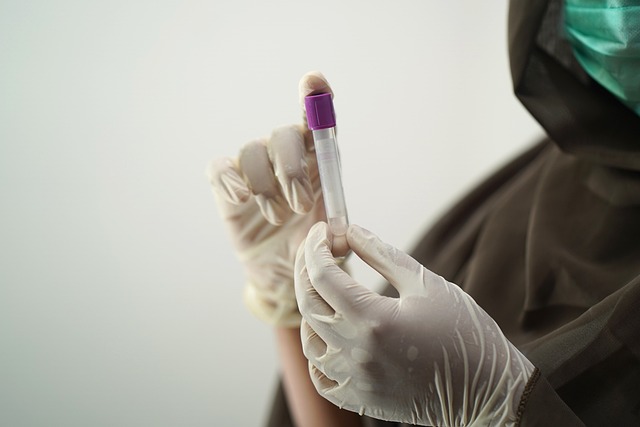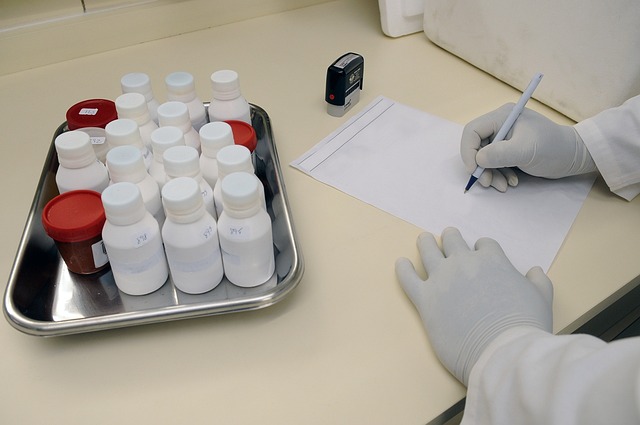Revolutionizing Diagnostics: The Impact of Ultrasound Technology on Health Innovation
The landscape of healthcare is evolving at a breathtaking pace, particularly in the realm of diagnostics. One technology that stands at the forefront of this transformation is ultrasound diagnostics. This remarkable innovation is reshaping how we approach medical assessments, bridging gaps in traditional practices while offering real-time insights that were once thought impossible.
Technological Innovations in Ultrasound Diagnostics
Gone are the days of complex, invasive procedures that involved lengthy recovery times and discomfort. Today, ultrasound diagnostics has emerged as a non-invasive, efficient alternative that provides immediate feedback to healthcare professionals. Through high-frequency sound waves, practitioners can visualize internal structures in the body with remarkable clarity.
Modern ultrasound machines are not only portable but also equipped with advanced algorithms that enhance image quality and analysis. Technologies like Doppler ultrasound enable the assessment of blood flow, while 3D and 4D imaging capabilities can offer a more comprehensive view of a patient’s condition. This level of detail is critical in diagnosing everything from vascular diseases to potential tumors, allowing for quicker and more accurate treatment plans.
Health Innovations Driven by Ultrasound Technology
The impact of ultrasound diagnostics extends far beyond just imaging; it plays a pivotal role in enhancing patient care and safety. With its ability to provide real-time insights, ultrasound has become a valuable tool in fields such as obstetrics, cardiology, and emergency medicine. Expecting mothers can now witness their babies in stunning detail, providing a sense of connection and reassurance throughout their pregnancy journey.
Furthermore, ultrasound has found its place in emergency and trauma situations, empowering medical teams to make critical decisions swiftly. The ability to assess injuries quickly and non-invasively increases the chances of better outcomes and has been a game-changer in the rapid response of healthcare systems.
We are also seeing the integration of ultrasound technology with telemedicine platforms, which is particularly significant in rural or underserved regions. This combination allows specialists to provide expert opinions remotely, expanding access to quality care for those who may otherwise go without.
As we look toward the future, the innovation within ultrasound diagnostics is only set to grow. With ongoing research and development, we can expect even more sophisticated applications that will continue to revolutionize the way we diagnose and manage health conditions. The promise of these advancements not only elevates healthcare but also inspires a collective belief in better, more accessible medical care for all.




